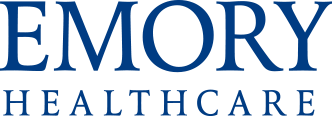
Treatments &
Services
Stroke FAQs
-
What should I do if I think someone is having a stroke?
-
What causes a stroke?
-
Are there different types of stroke?
-
Am I at risk for a stroke?
-
Are some people more at risk than others?
-
What are the symptoms of a stroke?
-
Do victims of a stroke ever return to normal after suffering a stroke?
-
What kind of treatment is available for stroke victims?
-
What kind of rehabilitation is available for stroke victims?
-
What does a multidisciplinary approach mean in regards to stroke treatment?
-
Why should I choose Emory?
-
How can I make an appointment?
